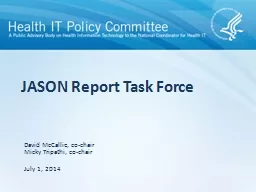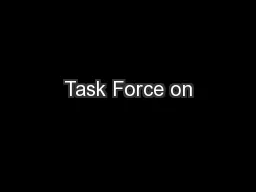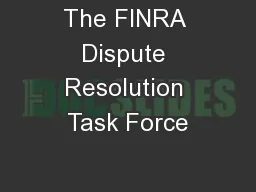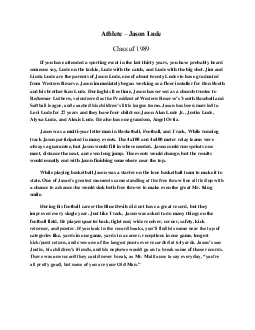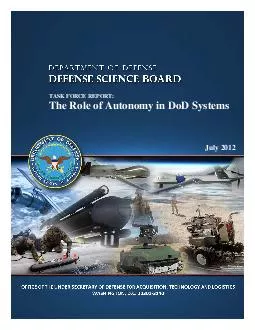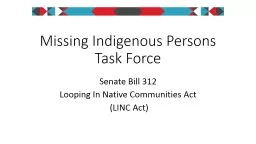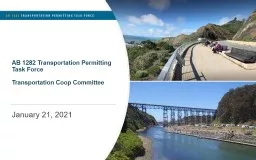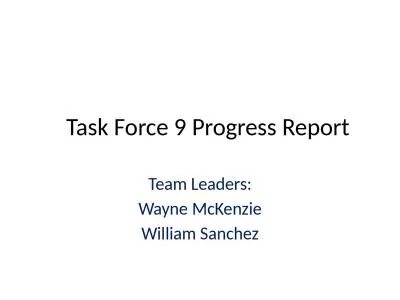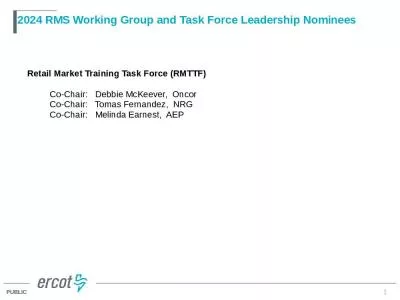PPT-JASON Report Task Force July 1, 2014
Author : marina-yarberry | Published Date : 2019-03-16
David McCallie cochair Micky Tripathi cochair Agenda Taskforce membership u pdate Revised charge Meeting schedule Discussion questions Listening session planning
Presentation Embed Code
Download Presentation
Download Presentation The PPT/PDF document "JASON Report Task Force July 1, 2014" is the property of its rightful owner. Permission is granted to download and print the materials on this website for personal, non-commercial use only, and to display it on your personal computer provided you do not modify the materials and that you retain all copyright notices contained in the materials. By downloading content from our website, you accept the terms of this agreement.
JASON Report Task Force July 1, 2014: Transcript
Download Rules Of Document
"JASON Report Task Force July 1, 2014"The content belongs to its owner. You may download and print it for personal use, without modification, and keep all copyright notices. By downloading, you agree to these terms.
Related Documents

